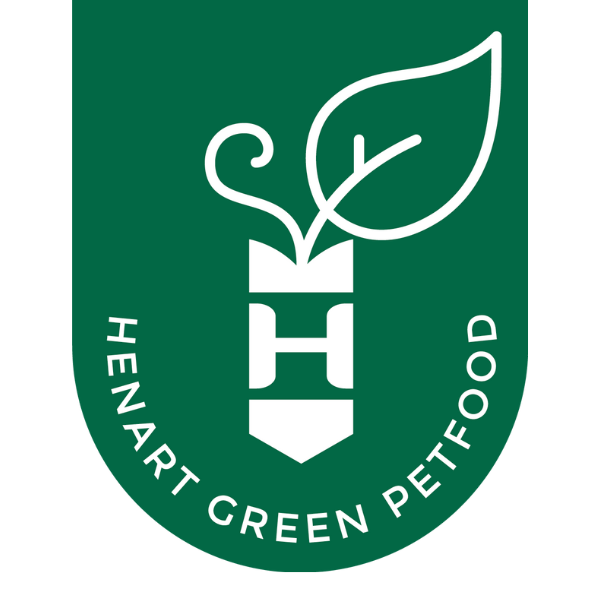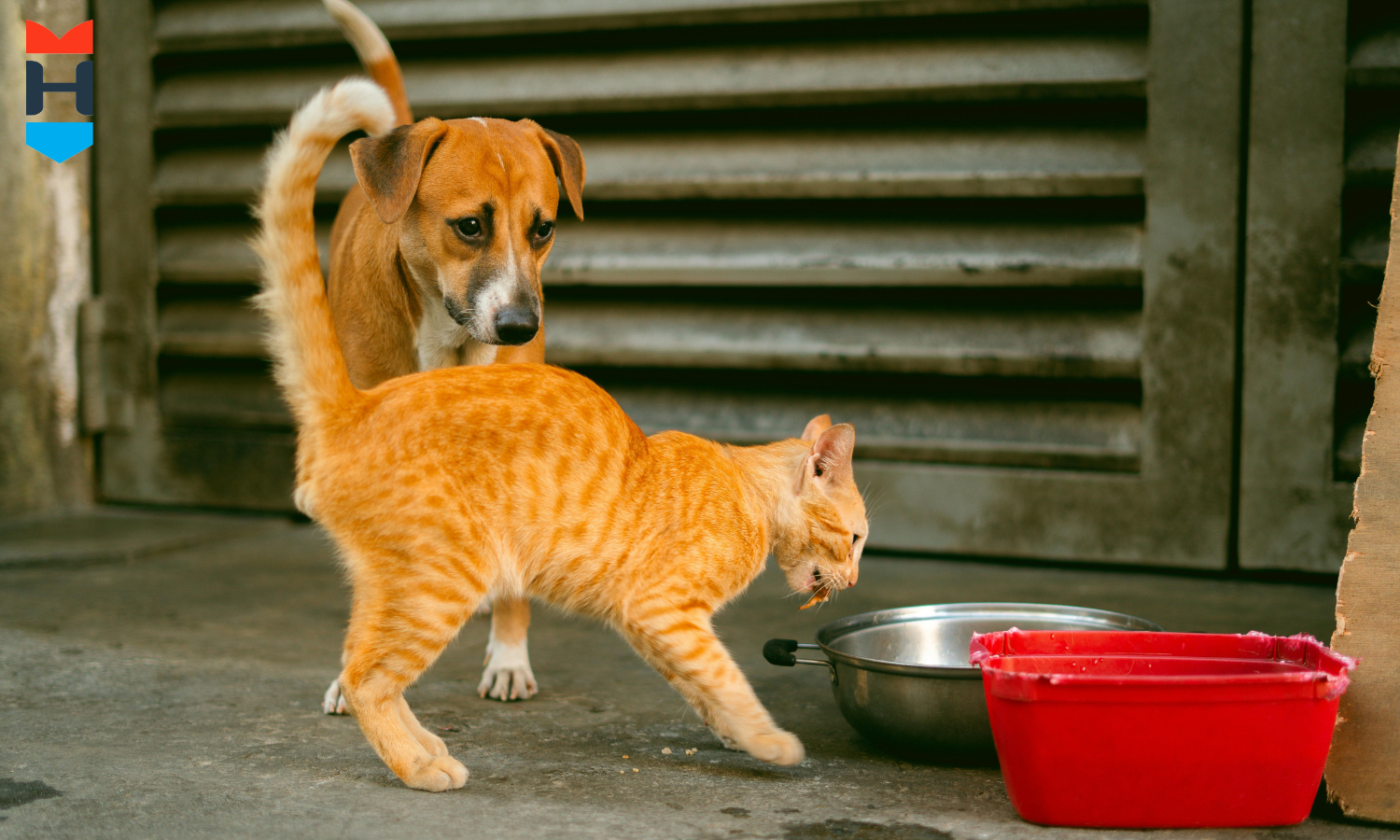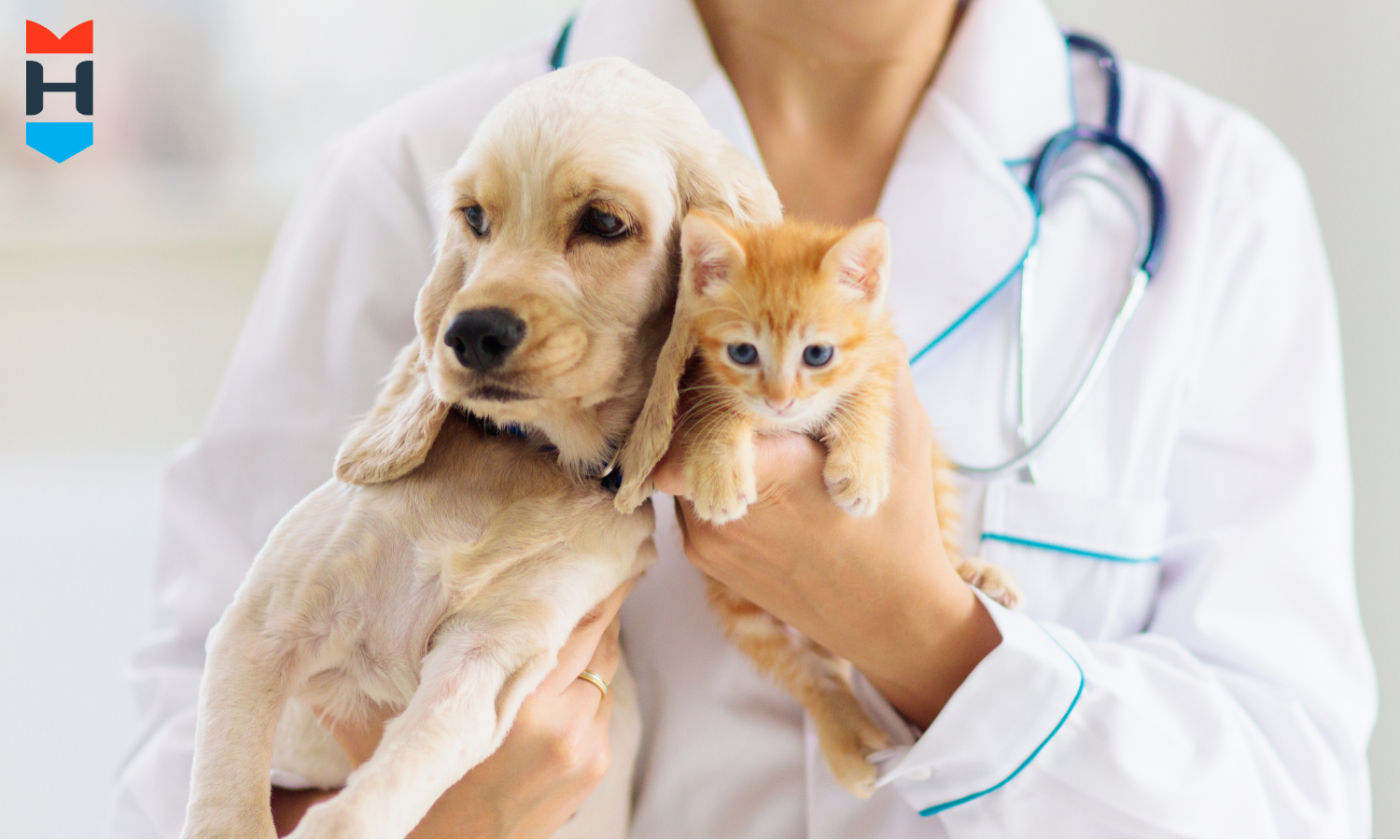Hernias are one of the most common, yet often underestimated, health problems in dogs and cats. What many don't realize is that, in addition to veterinary treatment, nutrition can also play an important role in healing.
More than just an abdominal problem: hernias in pets
This article takes a closer look at the different types of hernias, how to recognize them, what treatment options are available, and what supportive effect products like those from HenArt can have.
🩺 What exactly is a hernia – and what types do pets have?
A hernia occurs when organs or tissue protrude through a weakened area in the body wall. This often manifests as a visible or palpable bulge. Several types can occur in dogs and cats, including:
Umbilical hernias
Usually congenital and especially common in puppies.
Inguinal hernias
Here tissue protrudes from the groin area.
Diaphragmatic hernias
A serious condition in which abdominal organs shift into the chest cavity, often following an accident or trauma.
👉 A good understanding of these types is important. The earlier a hernia is detected, the better the chances of successful treatment.
🔍 Detect hernias early – and act correctly
The earlier a hernia is detected, the easier it is to treat. The healing process is often more straightforward. Typical signs that may indicate a hernia in dogs or cats:
Visible bulge
A noticeable lump on the abdomen, groin, or around the navel is the most common symptom. Regular palpation helps detect changes early.
Pain or discomfort
Affected animals often move less willingly, react sensitively to touch or display unusual behavior.
Changes in appetite or behavior
Less hunger, lack of motivation or sudden irritability can also be signs.
👉 If you notice such signs, you shouldn't delay a visit to the vet. Only a thorough examination can determine the type of hernia—and the most appropriate treatment.
💊 What helps with hernias? Treatment options and care recommendations
How a hernia is treated depends on its type and severity. Surgery is usually necessary, but nutrition and care also play a key role in recovery. An overview:
1. Surgical intervention
In most cases, surgery is required. This involves stabilizing the affected area in the body wall, and sometimes even removing tissue. Afterward, one thing is most important: rest. Pain medication, rest, and good aftercare support the healing process.
2. Nutritional support
After surgery, the right food can significantly promote healing. Easily digestible products with high-quality proteins are particularly suitable. HenArt's plant- and insect-based recipes provide essential amino acids and important nutrients – and can thus contribute to improved regeneration.
3. Weight management
A healthy weight relieves pressure on the body and helps prevent new hernias from forming. Excess weight places additional strain on the weakened areas. A balanced diet like the one from HenArt can also help here: nutrient-rich, but without unnecessary calories.
4. Recreational environment
After surgery, animals need a calm and safe environment. Soft resting surfaces, limited movement, and as little stress as possible help the body recover.
👉 With the right combination of medical care, appropriate nutrition and loving care, the chances of a good recovery are good.
🦴 The power of HenArt's nutrition
Especially after surgery, proper nutrition plays a key role in healing. HenArt addresses this issue – with innovative recipes based on plant and insect proteins, specifically tailored to the needs of recovering pets. What sets the products apart:
✓ Rich in nutrients
Plant- and insect-based proteins provide all the essential amino acids the body needs for tissue regeneration. They also contain vitamins and minerals that strengthen the immune system and promote overall health.
✓ Anti-inflammatory effect
Certain nutrients can help reduce inflammation—an important factor in post-surgical healing. HenArt's formulations are specifically designed to do just that.
✓ Easy digestibility
After surgery, the gastrointestinal tract is often particularly sensitive. The carefully selected ingredients in HenArt products are easily digestible and gentle on the digestive tract—without compromising on nutritional support.
✓ Sustainability
HenArt relies on insect protein as an environmentally friendly alternative. This conserves resources and ensures a good feeling when feeding.
👉 A good diet can be much more than just food. It can actively contribute to recovery—and that's exactly what HenArt is committed to.
What to do – and what not to do
It's not just medical measures that matter, but also the daily behavior you take when handling your pet. This overview shows what helps and what's best avoided.
Dos
✅ Veterinary examination
If a hernia is suspected or if unusual symptoms are present, a veterinarian should always be consulted.
✅ Post-operative recommendations
After the procedure, rest periods, medication administration and other instructions must be followed exactly.
✅ Balanced diet
Especially during the recovery phase, a high-quality, easily digestible diet with plant-based or insect-based proteins – such as those from HenArt – can promote healing and strengthen the immune system.
Don'ts
❌ Waiting too long
Delayed treatment can have serious consequences. Early action pays off.
❌ Ignore changes in behavior
Reduced appetite, unusual tiredness or sudden irritability should be taken seriously – they are often an indication of physical discomfort.
❌ Too much activity
Wild romping or jumping after surgery can disrupt the healing process and put strain on the surgical site.
The importance of holistic care
Hernias in dogs and cats require more than just rapid veterinary treatment. Comprehensive care is crucial, including attention to behavioral changes and actively supporting healing—for example, through appropriate nutrition.
This is precisely where HenArt comes in. The nutrient-rich plant and insect protein-based products are tailored to the needs of recovering animals. They provide important amino acids and nutrients that promote healing and strengthen the immune system.
Conclusion: React quickly - act holistically
Hernia treatment is particularly effective when diagnosis, therapy, and care work together well. A diet that specifically supports the healing process can make a real difference.
HenArt's innovative products allow for precisely this approach: nutrient-rich, well-tolerated, and sustainable. This creates an environment that promotes health and well-being – for rapid recovery and an active, happy animal life.



Leave a comment
All comments are moderated before being published.
This site is protected by hCaptcha and the hCaptcha Privacy Policy and Terms of Service apply.